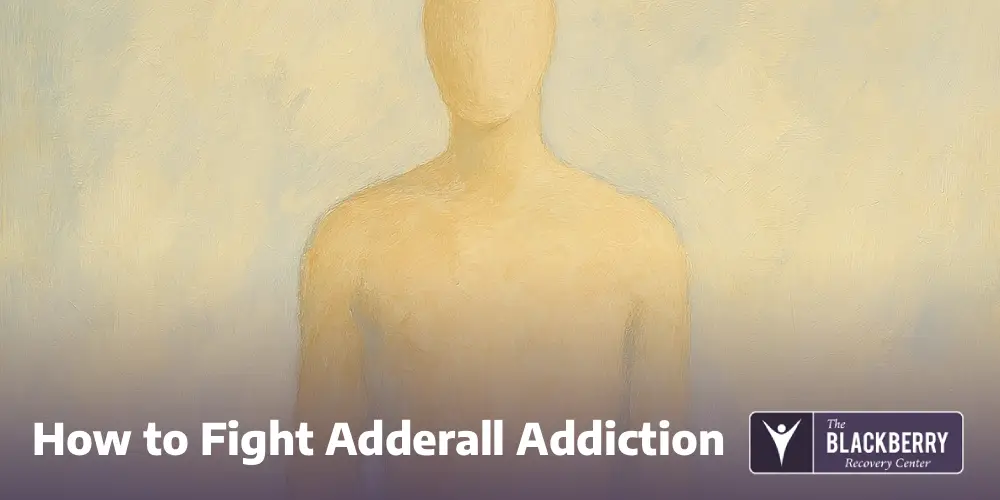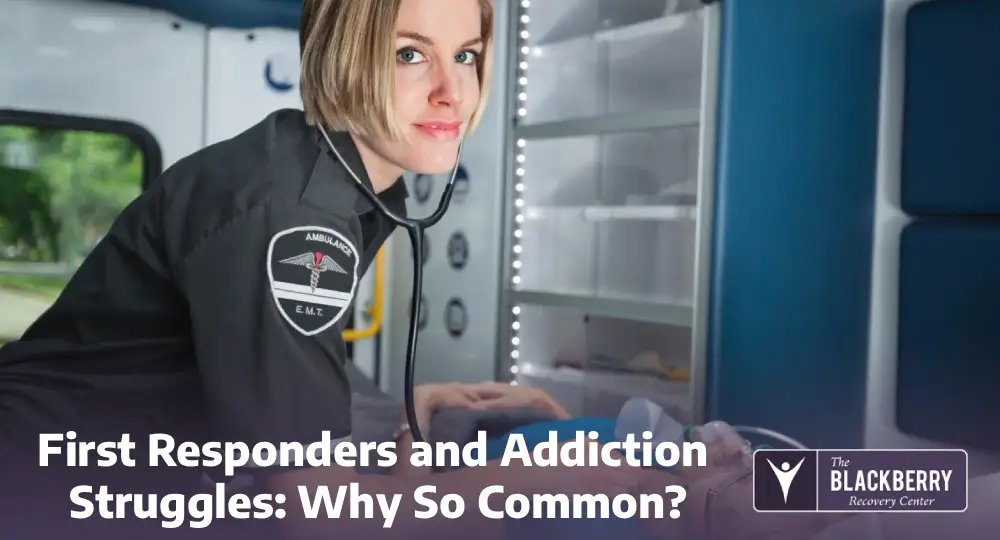In 2016, The New York Times Magazine gave millennials a new nickname: Generation Adderall. Since its release in 1996, doctors have prescribed the drug to millions of people—oftentimes children. While prescription drugs can help us manage an assortment of health concerns, it’s crucial that we know their risks, including the risk of addiction. If you are running this risk, it’s important to know how to fight Adderall addiction.
The biggest clue is the name
Adderall refers to drugmakers promoting the idea of “A.D.D for all.” It’s the brand name for amphetamine salts, a drug that is used to manage attention deficit hyperactivity disorder (ADHD) and attention deficit disorder (ADD).
It has surpassed Ritalin as the go-to for treating these disorders thanks to its longer-lasting and more targeted effects. However, the simple fact is that Adderall can be dangerous.
It’s an amphetamine — a prescription stimulant. It’s closely related to methamphetamine, one of the most dangerous and addictive drugs in the world.
Adderall is different in chemical formulation. It is generally safer than its illicit counterpart. However, users should never forget that’s it’s in the same family. It also shares similarities to prescription opioids.
For many years, doctors prescribed these addictive medications without patients truly being aware of how dangerous they are.
Skyrocketing usage rates
The problem is that Adderall users often don’t suffer from ADD or ADHD. Instead, in high-pressure environments, students (as well as office workers and other professionals) use it to gain a competitive edge.
Regardless of whether a person suffers from ADHD or not, over time, they build a tolerance. This can easily lead to developing an addiction to the substance. Doctors have prescribed Adderall XR (extended release) to help curb abuse. However, this formulation can still lead to many of the same dangers.
The problem of tolerance
In theory, Adderall works to increase alertness. If you are taking this drug, you will likely notice how you can better focus on your tasks and responsibilities. It interacts with the dopamine and norepinephrine receptors in the brain. This typically increases your reaction speed and ability to pay attention.
The key factor here is the relationship to dopamine. Dopamine is your brain’s feel-good chemical. Although the brain naturally produces this compound, Adderall pushes your brain to produce excess amounts of it. Side effects of tolerance include trouble sleeping, reduced appetite and irritability.
Warning signs of abuse include:
- insomnia
- manic behavior
- weight loss
- anger or mood swings
- dry mouth
- rash
- depression
- dependence
The struggle of Adderall withdrawal
Over time, you will develop a tolerance and need more of the drug to experience the same effects. If you become dependent on the drug, you’ll likely feel tired and mentally unclear without taking it.
Adderall withdrawal symptoms are strong. They may include:
- needing increasing larger doses
- wanting to decrease dosage, but unable to
- being unable to work or study without the drug
- feeling a sense of haziness or lethargy
- missing other activities to use Adderall instead
- spending large amounts of time or money to get Adderall
Most people don’t try to get addicted to Adderall. However, unlike other drugs, it can be much more difficult for people to see they have an addiction since it is prescribed as medication.
On the other hand, there are many individuals who fake the symptoms of ADD or ADHD to gain access to Adderall. Regardless, the drug is dangerous and highly likely to lead to substance abuse.
Fighting through the withdrawal process
Quitting can be extremely difficult if you are addicted to Adderall. Withdrawal side effects are so significant that even individuals who actively want to stop taking the drug have a hard time.
Like other drugs, the duration and dosage of Adderall will determine how long the process is. You may stop experiencing symptoms in just a few days. But for more serious instances, you may experience the withdrawal process for several weeks.
During this time, there is a high probability of relapse. Even drugs designed for lower rates of abuse like Adderall XR still have a lengthy and difficult withdrawal phase.
Hear more about the fight against Adderall addiction by clicking here:
Recovering Adderall addict actress Jennifer Gimenez shares that she almost lost her life to this crippling addiction.
How to fight Adderall addiction
Most medical professionals advise not quitting Adderall cold turkey. Instead, they recommend a gradual process of reducing intake. Otherwise, you may likely experience a crash with the severe symptoms listed above.
If you are a long-term and/or heavy user, it’s best for a medical professional to supervise your withdrawal process. This is because side effects associated with heavy use can include:
- acute depression
- paranoia
- cardiac arrest
- seizures
Once you’ve gone through detox, it’s essential to begin a rehabilitation program. Most healthcare providers recommend cognitive behavioral therapy that will include individual and group counseling sessions.
It’s important to remember that there is generally a 40-60% rate of relapse in addiction treatment. That’s why it’s crucial to your sobriety and your overall health to have relapse prevention tools and other strategies ready. Therapy that focuses on identifying your triggers and behaviors are key in helping you learn how to fight Adderall addiction.
Beating Adderall addiction
Whether a prescribed treatment or taken for recreational or other uses, Adderall is highly addictive and dangerous. The side effects of long-term use are serious and can result in significant health problems.
Likewise, withdrawal from the pills is very difficult and usually requires medical supervision. It is possible to learn how to fight Adderall addiction. The highest rates of success are found in addiction centers, so seek professional medical to help you take the first step toward sobriety.
Video
What’s Really Behind The Adderall Shortage?
You may have heard that there’s an ongoing shortage of the medication Adderall. But there’s a lot more going on here than you may expect, and the real culprit behind the shortage isn’t what you might think.
News Audio
Millions of American kids have an ADHD diagnosis. Are they being treated effectively? – NPR
ADHD has been considered a medical disorder, treatable with drugs like Ritalin, but New York Times Magazine writer Paul Tough says recent studies question that assumption and treatment options.
FAQ
- What is Adderall addiction?
Adderall addiction occurs when someone becomes physically or psychologically dependent on the prescription stimulant, often leading to misuse, cravings, and negative health effects. - What are the signs of Adderall addiction?
Common signs include insomnia, mood swings, loss of appetite, irritability, rapid heartbeat, and difficulty functioning without the medication. - How can someone start recovering from Adderall addiction?
Recovery usually begins with medical supervision, therapy, and lifestyle changes. Seeking professional treatment is the safest and most effective approach. - Are there natural alternatives to Adderall for focus?
Yes. Options include regular exercise, proper sleep, mindfulness practices, and natural supplements like omega-3s and L-theanine. - Can Adderall addiction be treated at home?
While some lifestyle changes can support recovery, quitting Adderall abruptly without medical guidance may be dangerous. It’s best to consult a healthcare professional for a safe treatment plan.






